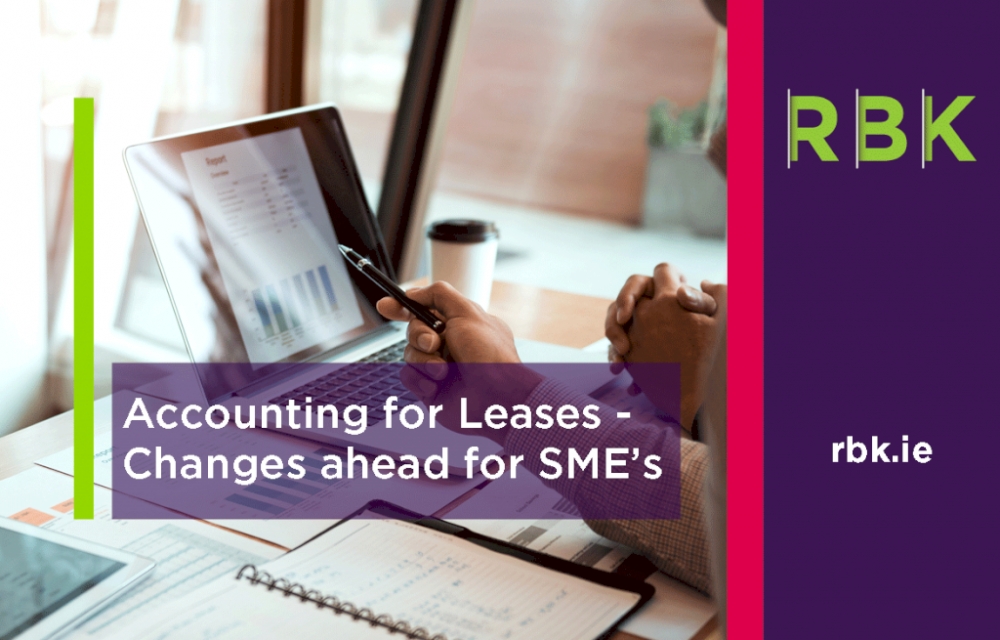IFRS 16 Leases was issued in 2016 and is effective for annual reporting periods for PLCs starting on or after 1 January 2019. It replaces IAS 17 Leases and related Interpretations. In the near future, IFRS 16 will be incorporated into FRS 102, which applies to all SME or Private companies.
IFRS 16 outlines how an IFRS reporter will present, measure, disclose and recognise leases. The new Standard eliminates a lessee’s classification of leases as either operating leases or finance leases. Instead, almost all leases are ‘capitalised’ by recognising a lease liability and right-of-use asset on the balance sheet.
Analysis estimated that PLCs around the world have around $3 trillion worth of future payments for leases, which were not recognised on the balance sheet applying the previous accounting requirements.
IFRS 16 increases visibility of companies’ lease commitments and better reflect economic reality.
A lease can be defined as a legally binding contract that outlines the conditions where one party agrees to rent property owned by a different party. A lease ensures the tenants use of the property and ensures that they will provide the landlord or owners with ongoing payments over a fixed period of time.
IFRS 16 makes net debt, assets and liabilities increase where leases are put on the balance sheet, and can additionally impact key accounting ratios and even bank covenants. The aim of IFRS 16 is to report information that (a) genuinely represents lease transactions and (b) offers a template for users of financial statements to evaluate the timing, amount and uncertainty of cash flows resulting from leases. To ensure this objective is met, a lessee should recognise assets and liabilities coming from a lease. IFRS 16 introduces a single lessee accounting model and needs a lessee to recognise assets and liabilities for every lease with a term of 12 months or more, unless the assets has a low value.
From a company valuation perspective, the market value and equity value of the company is unlikely to change by implementing IFRS 16 as there a no changes to the underlying cash flows coming from the company. However, implementing IFRS 16 will see the EBITDA and net debt of a company rise, which will probably complicate the comparability of valuation multiples, particularly in the short term.
The new accounting treatment will most likely bring about the following for SME companies with Lease arrangements:
- Bring a rise in net debt.
- A higher EBITDA with lease expenses flowing through the income statements as a finance and depreciation charge.
- A higher invested capital for the lessee, which usually brings down the return of invested capital.
In the near future IFRS 16 will be incorporated in FRS 102. Accountants, financial controllers and directors will need to prepare for the new financial reporting standard and understand its impact on their financial statements.
It is important adequate preparations are made by SME companies in order to start addressing issues on a timely basis.
Contact Us
If you would like to know more about the new financial reporting standard, contact our Team:
- Charlene McCrossan, Senior Manager - Audit & Business Advisory, (090) 6480600
- Brian Feeney, Partner - Audit & Business Advisory, (090) 6480600


